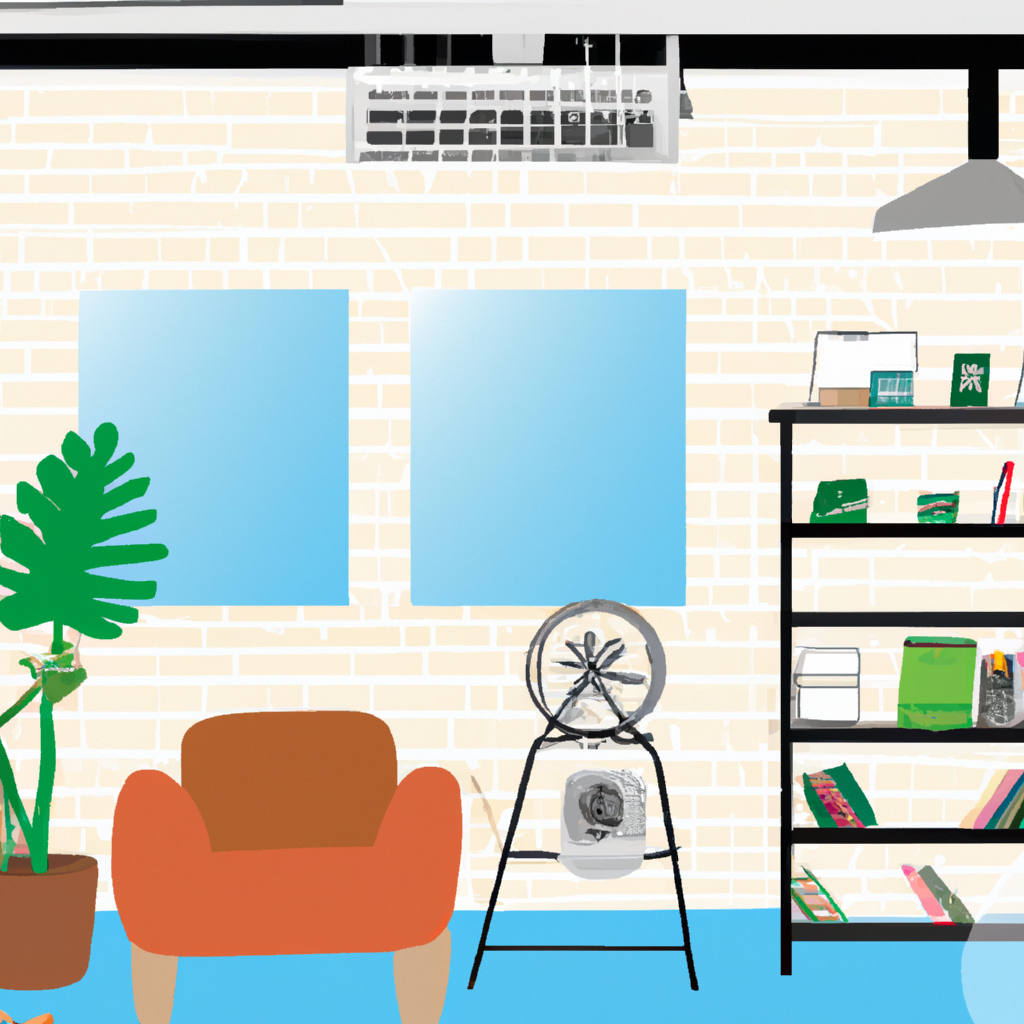Introduction
Are you tired of high utility bills and energy wastage? If so, you might be interested in learning about an effective solution – a dehumidifier for your roof space. In this article, we will explore the benefits of using a dehumidifier to save energy and reduce utility bills. We will delve into the details of how it works, its installation process, and the potential cost savings it can bring. By the end, you will have all the necessary information to make an informed decision and potentially outrank other websites in the Google search results.

Understanding the Importance of Moisture Control in the Roof Space
The roof space of a house is often overlooked when it comes to energy efficiency. However, it plays a vital role in maintaining a comfortable living environment and reducing energy consumption. Moisture in the roof space can lead to various problems such as mold growth, structural damage, and increased energy usage. By effectively controlling moisture levels, you can address these issues and enjoy a more energy-efficient home.
How Does a Dehumidifier Work?
A dehumidifier is a device that removes excess moisture from the air. It works by drawing in humid air, passing it over a cooling coil, and condensing the moisture into water. The dehumidifier then collects the water in a reservoir while releasing dry air back into the room. By reducing humidity levels, a dehumidifier helps prevent mold growth, improves air quality, and reduces energy consumption.
The Benefits of Installing a Dehumidifier in Your Roof Space
1. Energy Savings
One of the primary benefits of using a dehumidifier in your roof space is the potential for energy savings. Excess moisture in the air makes it harder for your HVAC system to cool or heat your home effectively. By removing the moisture, your HVAC system can operate more efficiently, resulting in lower energy consumption and reduced utility bills.
2. Improved Air Quality
Moisture in the roof space can lead to the growth of mold and mildew, which can have detrimental effects on indoor air quality. These pollutants can cause respiratory issues and allergies. By using a dehumidifier, you can maintain a healthier indoor environment by preventing the growth of mold and reducing airborne allergens.
3. Extended Lifespan of Roofing Materials
Excessive moisture in the roof space can accelerate the deterioration of roofing materials. It can cause wood rot, corrode metal components, and weaken the structural integrity of the roof. By controlling moisture levels with a dehumidifier, you can extend the lifespan of your roofing materials, saving you money on costly repairs or replacements.
4. Prevention of Condensation Issues
Condensation can occur when warm, moist air comes into contact with a cold surface. In the roof space, this can lead to the formation of water droplets on surfaces such as metal beams or insulation. Over time, this can cause damage and compromise the effectiveness of insulation. A dehumidifier helps to prevent condensation by reducing humidity levels, ensuring a drier and healthier roof space.
Installing a Dehumidifier in Your Roof Space
Now that you understand the benefits of using a dehumidifier in your roof space, let’s explore the installation process.
- Assess Your Roof Space: Before installing a dehumidifier, it’s important to assess the size and condition of your roof space. This will help determine the appropriate size and capacity of the dehumidifier needed.
- Choose the Right Dehumidifier: There are various types and sizes of dehumidifiers available on the market. Select a dehumidifier that suits the specific needs of your roof space, taking into account factors such as the area’s humidity levels and the size of the space.
- Prepare the Roof Space: Clear any debris or obstructions from the roof space to ensure a smooth installation process. Additionally, ensure there is proper ventilation in the area to allow for optimal airflow.
- Install the Dehumidifier: Follow the manufacturer’s instructions for installing the dehumidifier. Typically, this involves mounting the unit securely, connecting it to a power source, and setting the desired humidity level.
- Regular Maintenance: To ensure the continued effectiveness of the dehumidifier, it’s important to perform regular maintenance. This includes cleaning or replacing filters, emptying the water reservoir, and inspecting the unit for any signs of damage.
Cost Considerations and Potential Savings
The cost of installing a dehumidifier in your roof space can vary depending on factors such as the size of the space, the type of dehumidifier chosen, and any additional installation requirements. It’s recommended to consult with a professional to get an accurate estimate for your specific situation.
While there is an initial investment involved, the potential cost savings from reduced energy consumption and prevention of damage to roofing materials can make a dehumidifier a worthwhile investment. Over time, the energy savings can offset the initial cost, leading to long-term financial benefits.
Conclusion
In conclusion, using a dehumidifier in your roof space can have numerous benefits, including energy savings, improved air quality, extended lifespan of roofing materials, and prevention of condensation issues. By effectively controlling moisture levels, you can create a more comfortable and energy-efficient home. Remember to assess your roof space, choose the right dehumidifier, properly install and maintain it, and consider the potential cost savings. Take the necessary steps to transform your roof space into a healthier and more energy-efficient environment.
